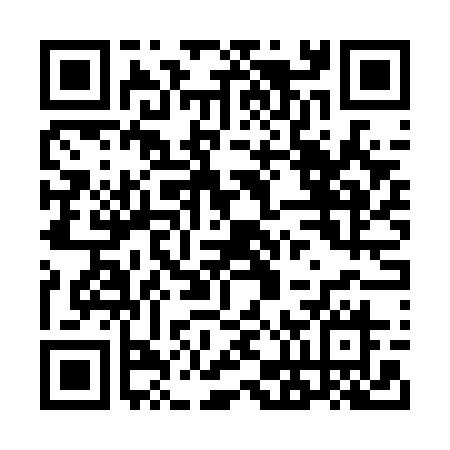Hidden Hitchhikers: Bugs and Diseases in Firewood
| Category: | Stewardship |
|---|---|
| Notes: | Explores the ecological danger of moving firewood and how invasive species spread. Includes real examples, firewood certification tips, and a Scout-action focus. |
It looks like just a pile of logs-but firewood can carry some of the most destructive forest pests in North America. These "hidden hitchhikers" are invasive insects and diseases that burrow into bark and silently spread from place to place. For Scouts who love the outdoors, understanding this threat is an important step in preserving the wilderness we cherish.
The Problem: Many tree-killing pests can survive transport inside untreated wood. Once introduced, they may have no natural predators and spread rapidly. Common culprits include:
- Emerald Ash Borer - a brilliant green beetle responsible for the death of millions of ash trees.
- Asian Longhorned Beetle - a black-and-white bug with a taste for maples, elms, and willows.
- Oak Wilt - a fungal disease that spreads through firewood and kills oak trees from the inside out.
These pests cost billions in damage, remove shade cover, destroy animal habitats, and permanently change forest landscapes.
Scout Stories in Action: In 2015, a Scouting group in Michigan helped survey ash trees at a state park, documenting signs of infestation. Their work contributed to a public awareness campaign and helped the local forest service identify quarantine zones. Scouts in other regions have handed out firewood safety flyers at parks and built informational trail signs warning about pest spread.
What You Can Do:
- Buy firewood where you burn it-within 10-50 miles is safest.
- Don't bring leftover wood home or to your next campsite.
- Look for labels like "certified heat-treated" or "pest-free."
- Educate others: Add posters or skits to your campfire program!
How to Spot Safe or Certified Wood:
When buying firewood, look for packages or bundles that are labeled with terms such as "heat-treated," "kiln-dried," "pest-free," or "certified by [state agriculture department]". Certified firewood is typically processed in a way that eliminates invasive bugs and pathogens, often through heating to at least 160°F for 75 minutes.
Safe wood is usually bundled, clean, and has a printed label-not just handwritten or generic packaging. If you're at a campsite or park, the ranger station or camp store is the best source. And when in doubt, ask!
Scout Spirit Means Stewardship: Helping protect forests from hidden hitchhikers is an easy, visible way to live the Outdoor Code. Small actions-like where you get your firewood-can make a big difference.

